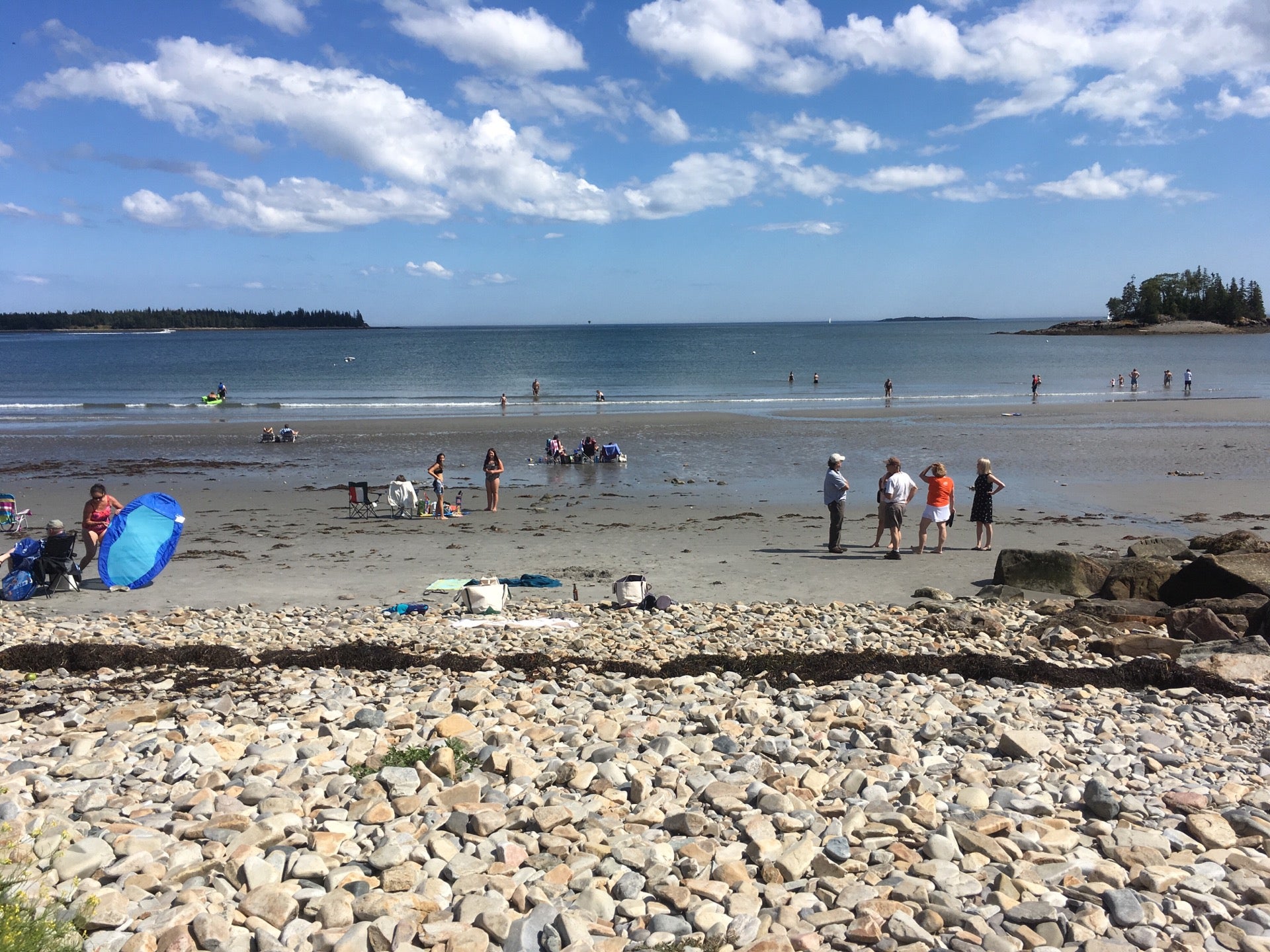Owls Head, Maine, a diminutive peninsula jutting defiantly into Penobscot Bay, offers an experience that transcends the typical coastal Maine idyll. It’s more than just quaint fishing villages and lobster shacks; it’s a convergence point, a liminal space where land, sea, and sky engage in a perpetual ballet, particularly captivating for the avifauna aficionado.
The allure of Owls Head lies in its diverse topography. Rocky shores give way to sandy beaches, salt marshes intermingle with deciduous forests, and open fields stretch towards the horizon. This mosaic of habitats creates a haven for a remarkable array of avian species, transforming Owls Head into a veritable ornithological Eden. Birdwatching here is not merely a passive observation; it’s an immersion into a vibrant ecosystem, a chance to witness nature’s artistry unfold in real-time.
The Coastal Symphony: Seabirds and Shorebirds
The coastline, a jagged tapestry of granite and sand, is the stage for a perpetual performance by seabirds and shorebirds. Herring Gulls, ubiquitous sentinels of the Maine coast, patrol the skies, their cries echoing across the water. Greater Black-backed Gulls, larger and more imposing, stake their claim on rocky outcroppings, their presence a testament to the ruggedness of the landscape. Look closely, and you might spot a Common Tern, a delicate aerialist diving with pinpoint accuracy for its next meal. The constant activity is a testament to the area’s bounty.
As the tide recedes, revealing the intertidal zone, a different cast of characters emerges. Sanderlings, tiny dynamos of the shore, scurry along the wet sand, their synchronized movements creating a mesmerizing spectacle. Semipalmated Plovers, masters of camouflage, blend seamlessly with the pebbles, their presence often revealed only by their distinctive calls. The observant birder might even encounter a Ruddy Turnstone, a resourceful scavenger that uses its sturdy bill to overturn stones in search of hidden invertebrates. The patient observer is always rewarded.
Inland Sanctuaries: Forests and Fields
Venture inland, and the avian landscape transforms once more. The deciduous forests, cloaked in emerald foliage during the summer months, provide refuge for a plethora of songbirds. Warblers, those kaleidoscopic jewels of the bird world, flit among the branches, their melodies adding to the chorus of the woods. The Northern Parula, with its distinctive buzzy song, and the Black-throated Green Warbler, with its clear, ringing notes, are but two examples of the avian treasures hidden within these verdant depths. Their songs are a constant reminder of the natural world’s beauty.
Open fields, remnants of former farmlands, offer a different kind of allure. Eastern Meadowlarks, their vibrant yellow breasts flashing in the sunlight, perch atop fence posts, proclaiming their territories with their melodious songs. Bobolinks, aerial acrobats with distinctive black and white plumage, perform their courtship displays, their bubbling calls filling the air. These grasslands provide critical habitat for species that are increasingly threatened by habitat loss, underscoring the importance of conservation efforts.
Owls Head Light: A Beacon for Birders
No visit to Owls Head would be complete without a pilgrimage to Owls Head Light, a historic lighthouse perched atop a dramatic promontory. This iconic landmark not only offers breathtaking panoramic views of Penobscot Bay but also serves as a strategic vantage point for birdwatching. During migration season, the promontory becomes a funnel, concentrating migrating birds as they navigate the coastline. From this elevated perch, birders can witness the spectacle of raptors soaring overhead, seabirds skimming the waves, and songbirds flitting through the trees. The lighthouse itself is a silent witness to centuries of avian activity.
Beyond Observation: Embracing Conservation
Birdwatching in Owls Head is not merely a recreational pursuit; it’s an opportunity to connect with nature on a deeper level. It fosters an appreciation for the intricate web of life and the importance of preserving biodiversity. By supporting local conservation organizations and practicing responsible birding etiquette, visitors can contribute to the long-term health of this remarkable ecosystem. This entails minimizing disturbance to nesting birds, avoiding the use of playback calls, and respecting private property.
Essential Gear and Planning
To maximize your birding experience in Owls Head, come prepared. A good pair of binoculars is essential for identifying distant birds, while a field guide specific to the region will aid in identification. Dress in layers, as the weather can be unpredictable, and wear comfortable shoes for walking along trails and beaches. Check the tide charts before heading out, as the availability of mudflats and intertidal zones can vary significantly with the tides. Early morning and late afternoon are generally the best times for birdwatching, as birds are most active during these periods.
A Perpetual Invitation
Owls Head, Maine, extends a perpetual invitation to birdwatchers of all levels. Whether you’re a seasoned ornithologist or a novice enthusiast, you’ll find something to captivate your senses and ignite your passion for the avian world. It’s a place where the rhythm of the tides, the whisper of the wind, and the songs of birds create a symphony of nature, a testament to the enduring beauty and resilience of the Maine coast. The ever-changing landscape ensures a new experience with each visit.
